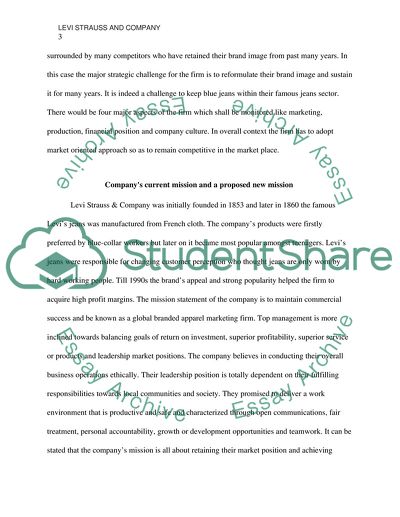Cite this document
(“Levi Strauss & Company Case Study Example | Topics and Well Written Essays - 3750 words”, n.d.)
Retrieved from https://studentshare.org/marketing/1673562-levi-strauss-company
Retrieved from https://studentshare.org/marketing/1673562-levi-strauss-company
(Levi Strauss & Company Case Study Example | Topics and Well Written Essays - 3750 Words)
https://studentshare.org/marketing/1673562-levi-strauss-company.
https://studentshare.org/marketing/1673562-levi-strauss-company.
“Levi Strauss & Company Case Study Example | Topics and Well Written Essays - 3750 Words”, n.d. https://studentshare.org/marketing/1673562-levi-strauss-company.


